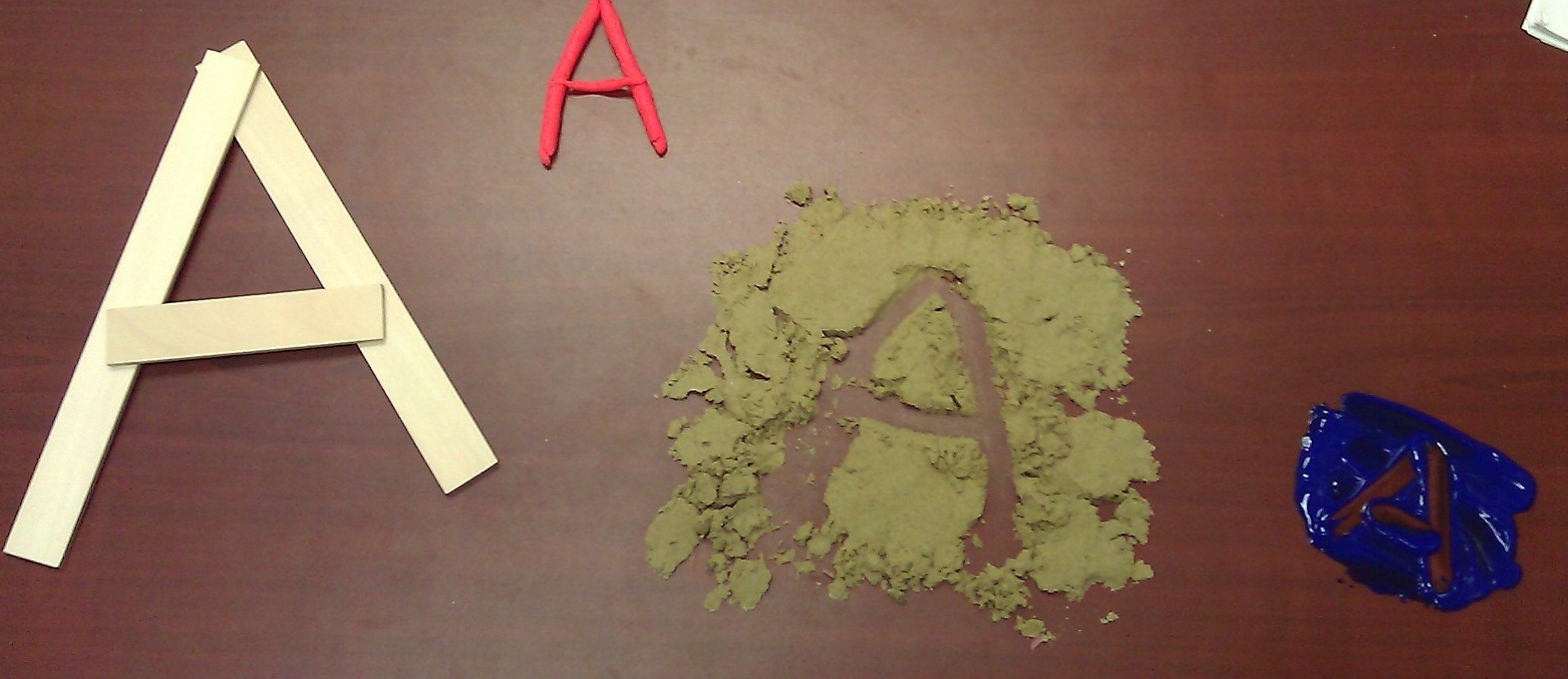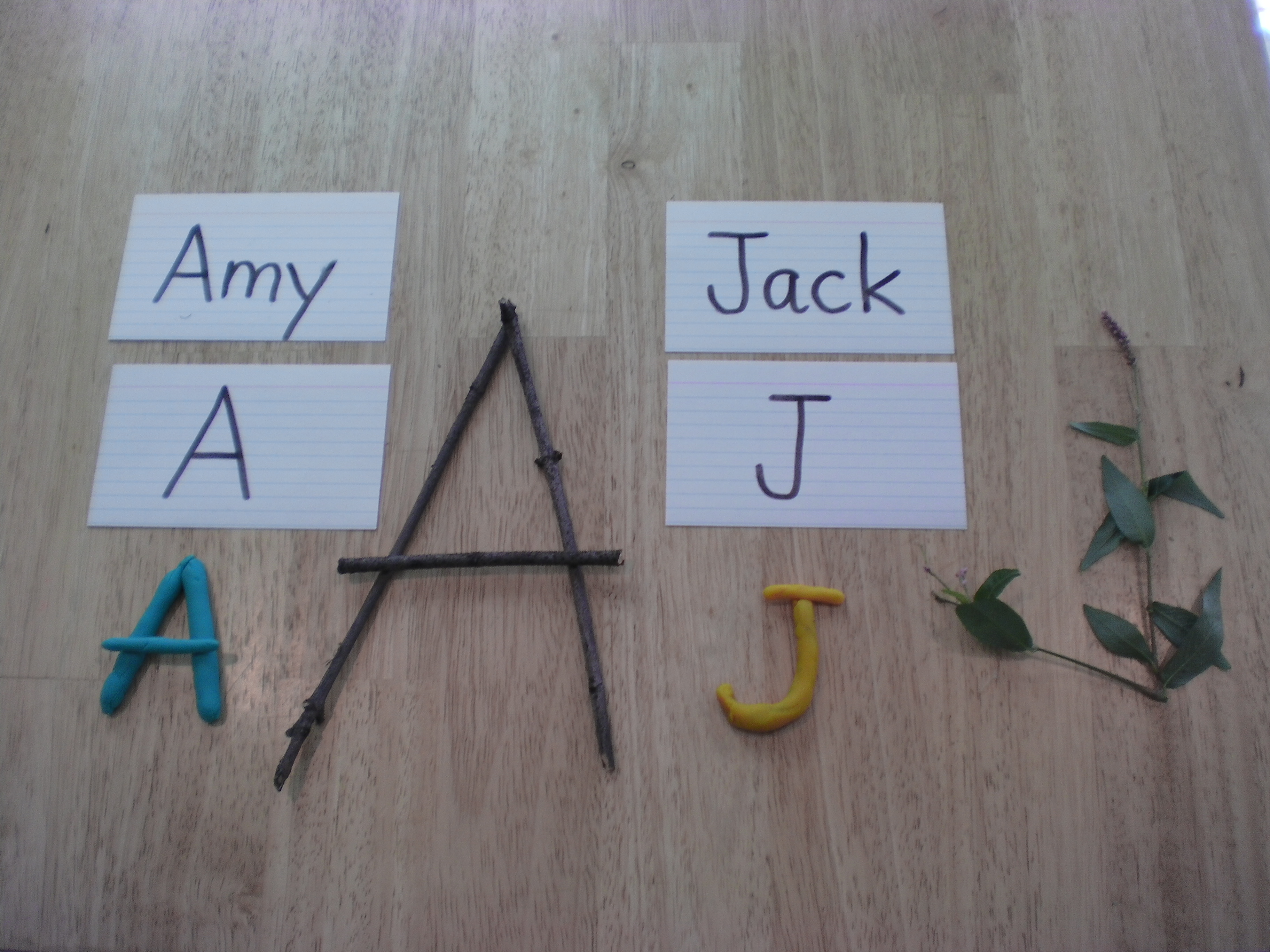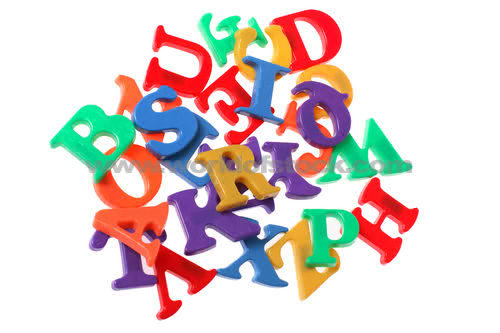Before children are even using writing utensils to attempt to write letters, they are making them with whatever they can find. Here are a few basic items to have in your classroom that children can use to explore the shapes, sizes and structures of letters for the first time: Continue reading “First Explorations with Letters”
Tag: alphabet
The Different Types of Alphabet Books
ABC Concept books don’t focus on one specific theme for the book, but rather focus on learning the actual letters. The children will primarily learn the alphabet.
ABC Content books have one central theme and each letter represents something from that theme. The children will learn theme-specific vocabulary and the alphabet.
A fun twist on the alphabet song
Looking for a fun twist to the traditional alphabet song? Try the Hip Hop Alphabet. You can play the song in the background (the video isn’t needed) and either:
1. Display the alphabet on a large screen or easel and have one child use a pointer to point to each letter as the class sings the song OR
2. Give each child a letter of the alphabet and have them hold it up high and dance as it comes up in the song
Trust me, kids will love it. My undergraduate ECE preservice teachers do too!
What’s your name?
So it’s time for your Kindergarteners to learn the letters of the alphabet. I mean really learn the letters. They all can sing the ABC song, but can they really point to each letter and identify it? Probably not. (And that’s fine by the way). I suggest using the children’s names to jumpstart your exploration into letters. Continue reading “What’s your name?”
Introducing Magnetic Letters
Magnetic letters are for all ages AND are cheap and easy to find.


